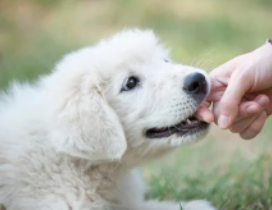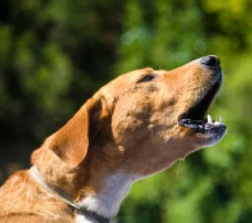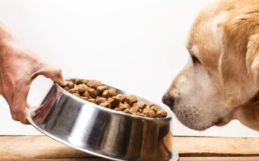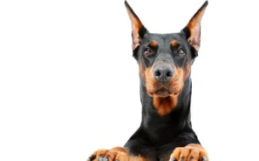Who doesn’t love a little puppy jumping up on them to greet them? Or some wild puppy play with some love nips and yips? It’s all fun and games until they get older, bigger, and stronger and those behaviours aren’t too fun anymore.
Here are 4 puppy behaviours to nip in the bud early to avoid future problems:
1. Nipping/Biting
A good puppy nibble can be so sweet, but those teeth are sharp! And when they grow up, you especially don’t want them to think it’s okay to nip at you. Try yelling “ouch” every time your puppy nips at you and pull your hand away. This startles them and helps them learn that this behaviour it not okay.
2. Jumping Up
Greeting your puppy brings excitement, and your pup just can’t help jumping up to see you (the anticipation was just too much!). However, when your little puppy grows, that behaviour might not be ideal anymore. To first teach your puppy not to jump up, approach them calmly. Every time they try to jump up, take a step forward at the same. This will cause them to lose balance and not be able to stay up on you. If you are consistent in this, they will learn that jumping up is not okay.
3. Chewing
In puppyhood, chewing is expected, especially for teething puppies. Chewing on things like furniture or cords though is not okay. Pick a command word that you will use, such as “Off” or “Out” and every time your puppy chews on something they shouldn’t, say your command word and redirect them to something they can chew. This will be a long process, but your puppy will slowly learn what is acceptable to chew. Providing your puppy with good chew toys can help as well.
4. Barking
First of all, dogs are allowed to bark. They use barking to communicate with us that someone is at the door, they heard a noise that they are unsure of, or just that they saw the neighbourhood cat strolling by. What we want to avoid is the excessive barking that is unneeded. You need to let your puppy know when it’s not time to bark. Use a consistent command like “Quiet” and wait until they have stopped barking to praise and reward. It will be a long process but over time your puppy will understand when they shouldn’t bark.









